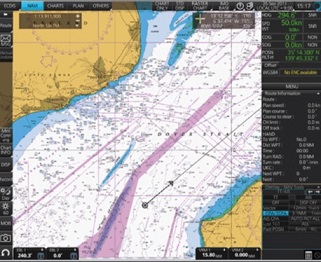
Procedures for Introduction and Familiarization of ECDIS -Cargo Ships Guideline
Electronic Chart Display and Information Systems (ECDIS) is shipborne navigational equipment that is regarded as equivalent to paper charts as per the SOLAS regulations. Currently, its carriage is mandatory for all merchant ship types as per the new Amendments to SOLAS regulations chapter V.
The introduction of any new bridge equipment has the potential for risk during the transitional phase while navigating officers and masters become properly accustomed and experienced in its use. Radar was an example of this and brought about several incidents that were termed 'radar assisted collisions.'
ECDIS, and the switch from conventional paper charts, was probably the most significant change ever experienced within the industry and undoubtedly bring a period of increased risk.


